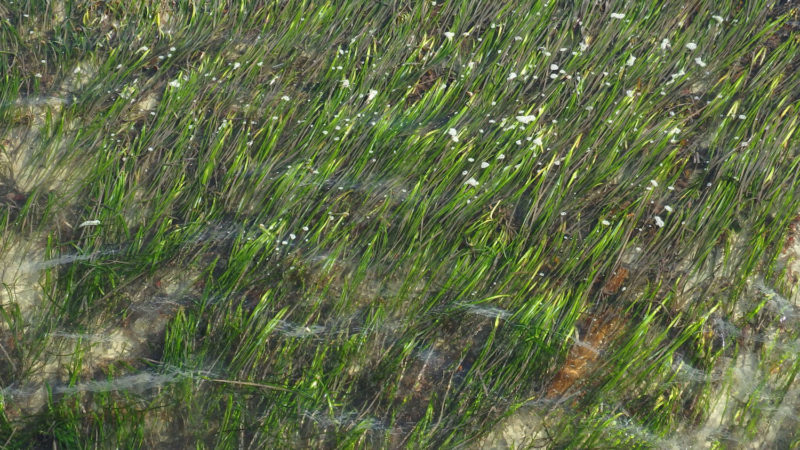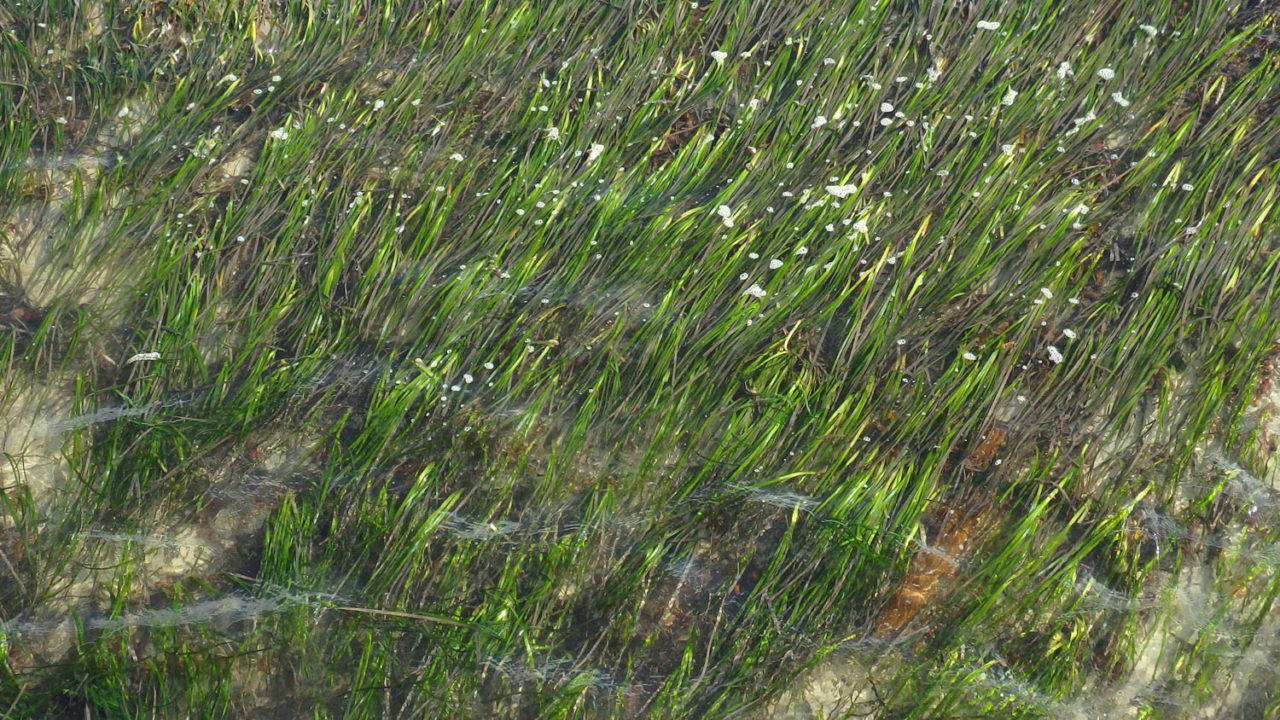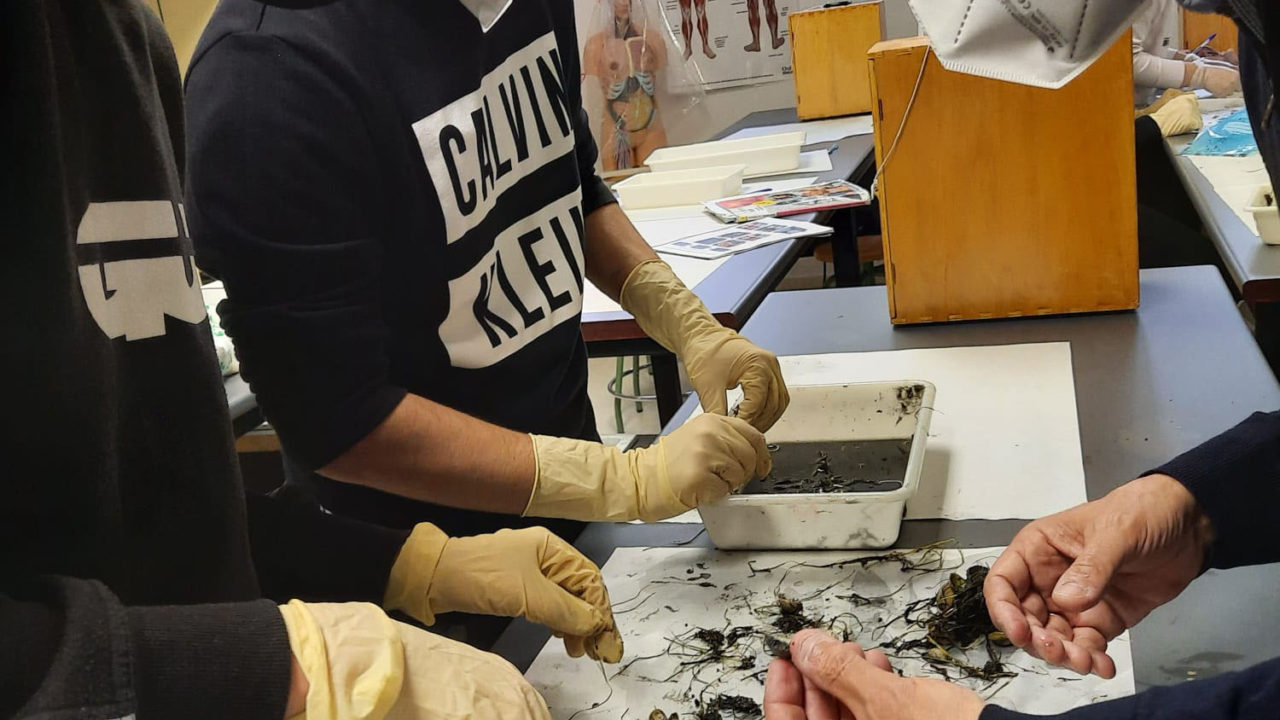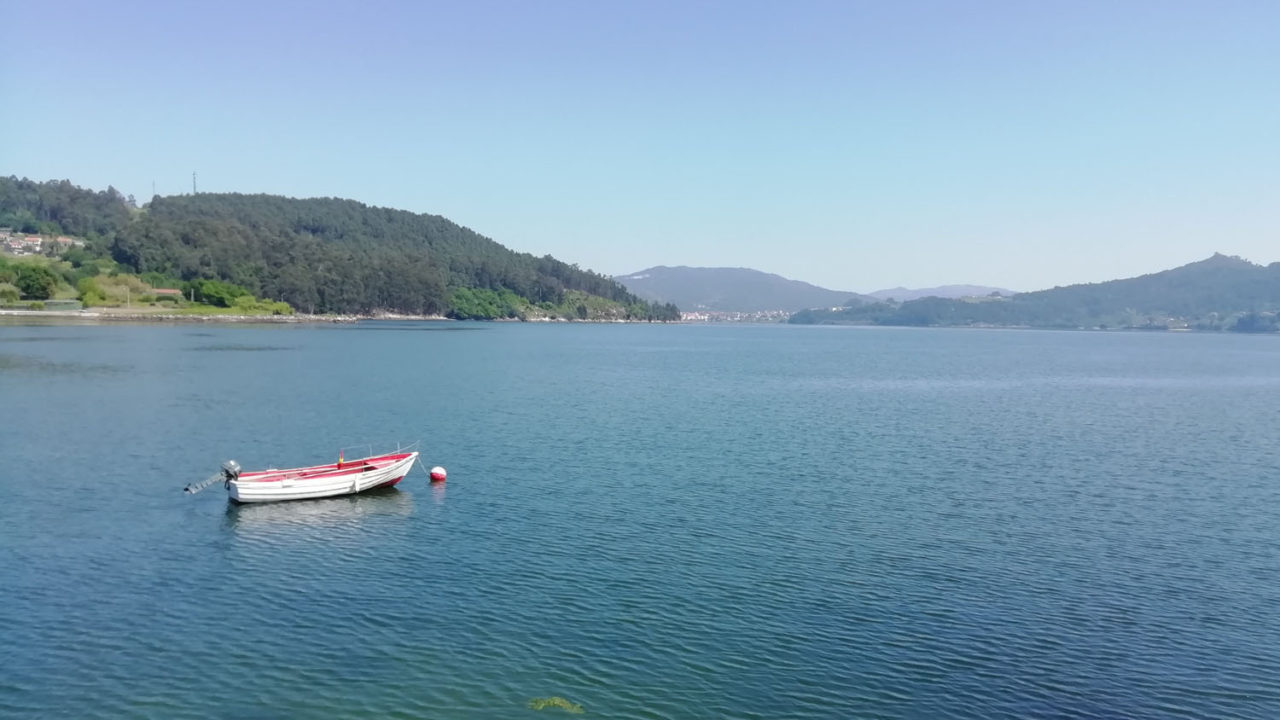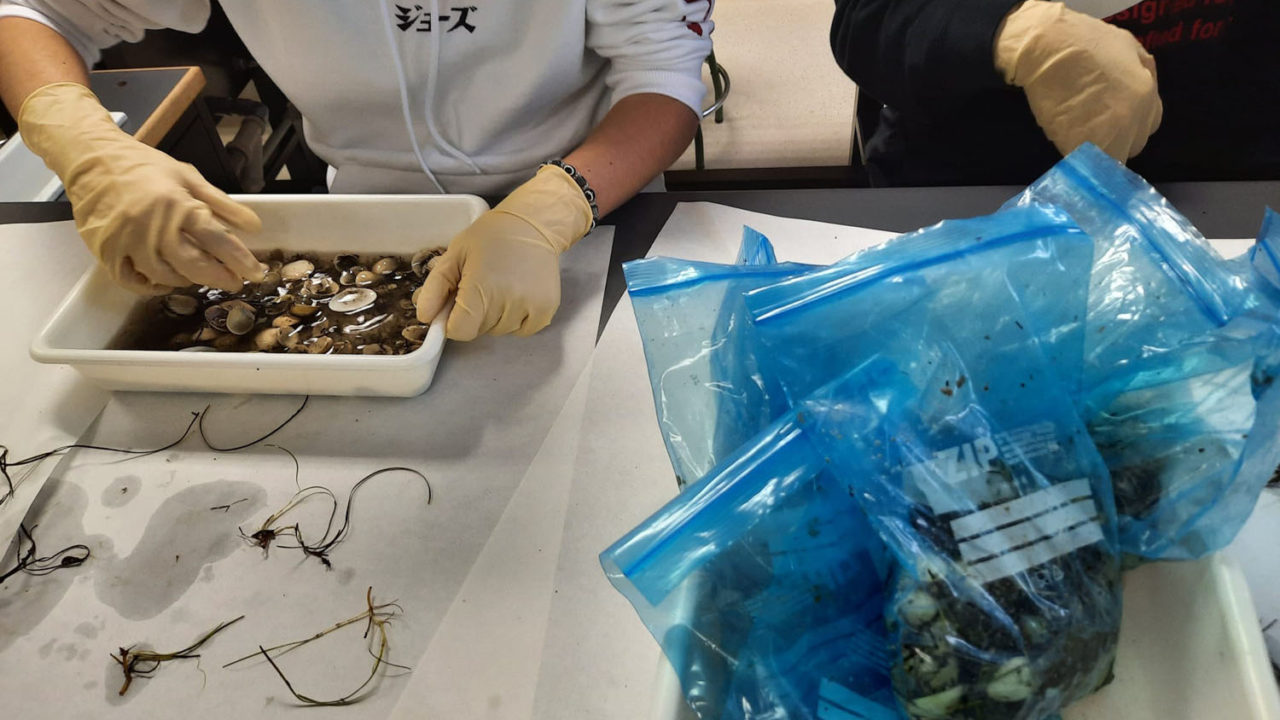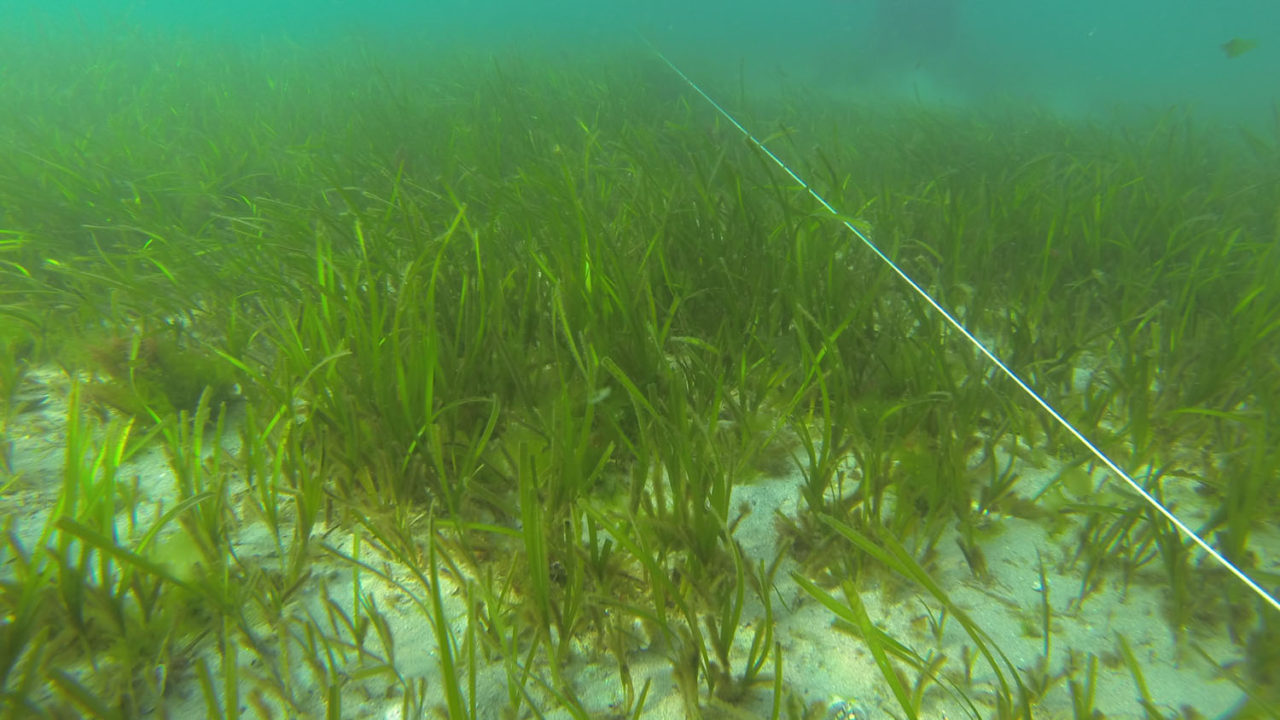Considering them as algae and not as plants that, like terrestrial plants, have roots and can reproduce by pollen and generate seeds, is a common mistake that proves the global ignorance that exists in society about seagrasses. Equally ignored by the public are the benefits that these ecosystems provide, namely, capturing atmospheric CO2; providing habitat for many species, some of commercial interest such as cuttlefish; purifying seawater; and retaining sediments or preventing sand loss. “However, their location, very close to the coast, makes them very vulnerable, being exposed to numerous threats, including the occupation of their settlement area by landfills, pollution, boat mooring or shellfish activity,” says Emilio Fernández, Professor of Ecology at the University of Vigo. He, together with CIM Professor Jesús Troncoso and the researcher Gonzalo Méndez, lead the Zosteco project, which also involves USC researcher Sebastián Villasante and the Institute of Environmental Hydraulics of Cantabria.
Zosteco was launched six months ago with several objectives. On the one hand, to assess and map the benefits that seagrasses generate for society and to explore the potential conflicts and synergies that are established between them and human activities. And, on the other hand, to apply that gathered knowledge to mitigate the impacts that occur, allowing a more appropriate management of the natural areas on which the research focuses, the Redonda cove of San Simón and the bay of Santander, both with extensive seagrass meadows that coexist with shellfish farming. The project has a budget of around 88,000 euros per year and the support of the Biodiversity Foundation, the Ministry for Ecological Transition and the Demographic Challenge through the Pleamar Programme, co-fundedd by the European Maritime and Fisheries Fund (FEMP). This afternoon a workshop focused on presenting, discussing and validating the results achieved so far will be held in the Auditorium of Redondela and will include the participation of all the partners involved.
Compilation of published knowledge, interviews and preparation of a teaching guide
Over the last few months, the researchers of the Zosteco project have summarized around 60 scientific publications about the topic in a report that compiles the current knowledge on the area and will be converted into a book that will be disseminated to the general public. “Zosteco aims to use, on the one hand, all the published knowledge and, on the other, the knowledge of the users of the areas under study, in our case the cove of San Simón, to map the situation of the seagrasses prairies and the activities that take place in them to identify the spatial overlaps between them that may give rise to possible conflicts,” explains Emilio Fernández in relation to one of the project´s work lines.
To achieve this objective, interviews lasting more than one hour were conducted with cove users selected by sectors: shellfish farmers, fishermen, environmentalists, administrations, recreational activity companies, etc. Then, the results of the answers were processed, together with the results of the bibliographical review carried out by the researchers, with the aim of validating their conclusions, “which are nothing more than the processing of the answers, in order to identify possible measures that can improve the management of the natural space allowing the coexistence of the prairies with the uses associated with economic activities,” says the UVigo Professor. Also, with the project reaching its halfway point, the researchers have almost completed the development of a teaching guide aimed to students of ESO and Bachillerato, and for which they have developed a pilot project with the IES Poeta Añón de Serra de Outes.
Well-developed seagrass prairies in San Simón and Santander
The prevailing species and their conservation status are the characteristics that differentiate one prairie from another. Thus, in the Atlantic Spain the prairies are dominated by two species of the same genus: Zostera marina and Zostera noltei, both present in San Simón, while in the Mediterranean Posidonia oceanica is the predominant species.
In the specific case of the San Simón inlet and Santander Bay, a study carried out by the Institute of Environmental Hydraulics shows that their situation is highly variable and that there is a wide diversity of conservation statuses and trends of change. “In general, both in San Simón and Santander, there are highly developed seagrass prairies. On a European scale, it seems that their extension is, on average, increasing, as a consequence of the improvement of water quality by the increase of its treatment, and, to a lesser extent, by the restoration actions undertaken in some countries”, says Emilio Fernández.
In the project collaborates the Xunta de Galicia through the Regional Ministry of Environment, Territory and Housing; the Government of Cantabria through the Regional Ministry of Rural Development, Livestock, Fisheries, Food and Environment; the Redondela Town Council; representatives of artisanal fishing (Confederation of Fishermen of Galicia and in particular of the Cofradía de Redondela); environmental groups (ADEGA) and researchers from the Lonxanet Foundation.
Fonte: DUVI

